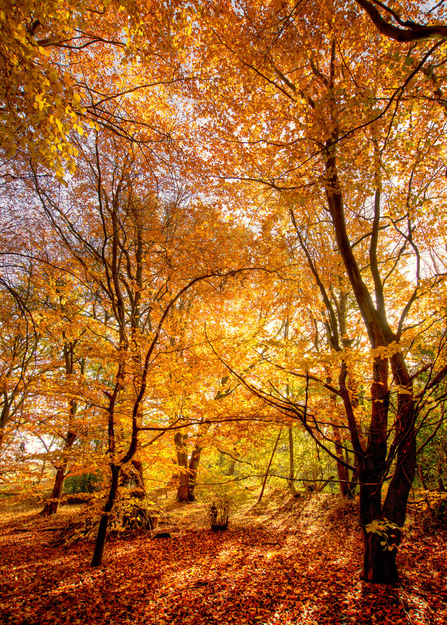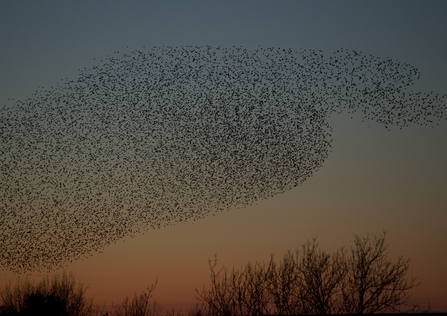If you’re feeling a bit blue and stuck in Shrewsbury, the holidays a distant memory, refresh yourself with a trip to the weir on Sydney Avenue to see leaping salmon as they make their way upstream to spawn. These magnificent silver fish power their way against the current, obeying the drive to return to where they themselves were hatched, after between one and four years feeding at sea. Most of them will die after spawning, exhausted by the migratory effort and having not eaten since returning to fresh water, but the few that survive will come back to breed again after another season at sea. Scientists believe that salmon find their way back to their birthplace by using the Earth’s magnetic field as a compass, and then, once they find the right river, use their sense of smell to locate their natal stream. This way they know their destination is a suitable place to breed, rather than wasting time searching for an appropriate site. Because salmon are so loyal to their home stretch of river, distinct populations of the fish exist in the same river. Watch them battle their way over the obstacle of the weir, and imagine the thousands of miles they must have swum – surely one of nature’s miracles.
Dr Cath’s Nature Notes – November

Beech trees in autumn (c) Don Sutherland
The coloured leaves of autumn are falling now, and creating bright carpets beneath the trees. Indulge your inner child, and kick your way through them, releasing the smell of autumn. My favourite is a fine beech wood in its golden glory, but any good deciduous wood is a treat. The garden lawn is covered with leaves, and I’ll make a last ‘cut’ once most of them have fallen. The grass might not need it, and I’ll move the cutting deck to its highest position – I want to collect the leaves and chop them a bit ready to make leafmould. Well-made leafmould is a fabulous soil conditioner or mulch, as well as being a vital ingredient for home-made seed or potting compost. The chopped up leaves with a bit of added grass clipping will rot down faster than whole leaves, especially in the case of larger, thicker leaves such as sycamore or chestnut. Processing the leaves is simple. Just put them in a black bin liner, moisten them if they’re dry, and pierce holes in the bag with a garden fork. Tie the top loosely then stack the bags somewhere out of sight for the fungi to do their work. For top quality leafmould they need to be left at least two years, and the yield is surprisingly small for the amount of leaves collected, so do make sure you collect plenty!
After all that hard work in the garden, I’m going to give myself a day off and go out looking for winter wildfowl. November is a good month to see newly arriving swans, ducks and geese, fresh from their breeding grounds in Scandinavia and northern Europe. The Mere at Ellesmere provides good views of widgeon, goldeneye and pochards, with occasional treats like long-tailed duck, pintails, scoters and even resting whooper swans calling in for a break in their journey. Sinker’s Fields on the edge of Whixall Moss, with our lovely new hide, and Wood Lane reserve will also be on the agenda for me, but any large body of water could produce something exciting.

Danny Green
With the days getting shorter it’s tempting to curtail an afternoon’s birdwatching to get home before dark, but it can be rewarding to hold on into dusk to watch out for a starling murmuration. By late November our native starling population will be augmented by the arrival of thousands more from colder parts of mainland Europe, forming large flocks. Before going to roost, they might put on a spectacular display for you, swirling through the sky, forming patterns like iron filings over a magnet, before they all funnel down into cover for the night. The display serves to bring the multitude together, and provides safety in numbers, to confuse predators such as peregrines who might be attracted by a possible easy supper. One of the best things about murmurations is that they can occur almost anywhere – town centres as well as the depths of the countryside – so do keep your eyes peeled, even if you’re just coming home from work or shopping.
Finally, just another reminder to check that bonfire for hibernating wildlife before you light it, and to watch out for underweight hedgehogs in your garden. Unless the season is particularly warm, by the end of the month most ‘hogs should have gone into hibernation, so if you are concerned about one, please contact Cuan Wildlife Rescue.

